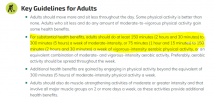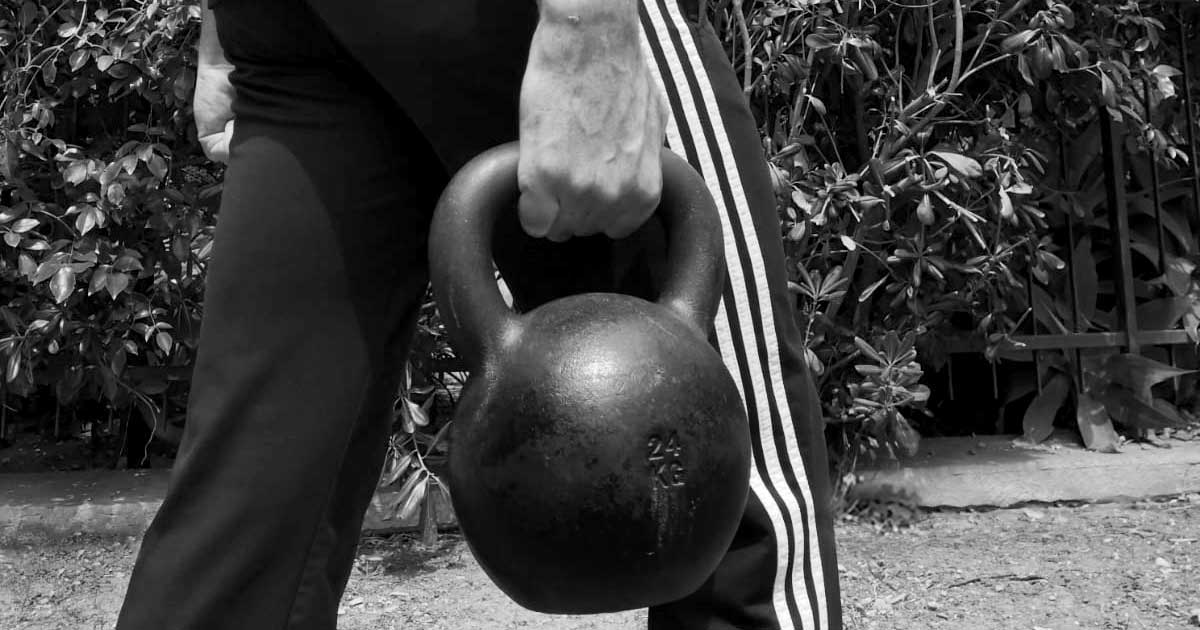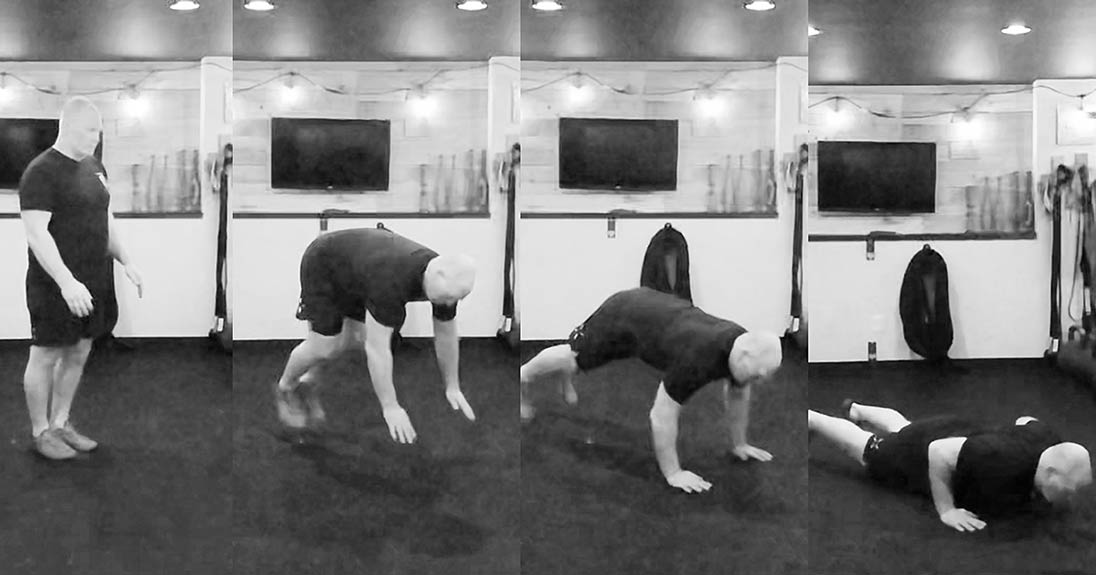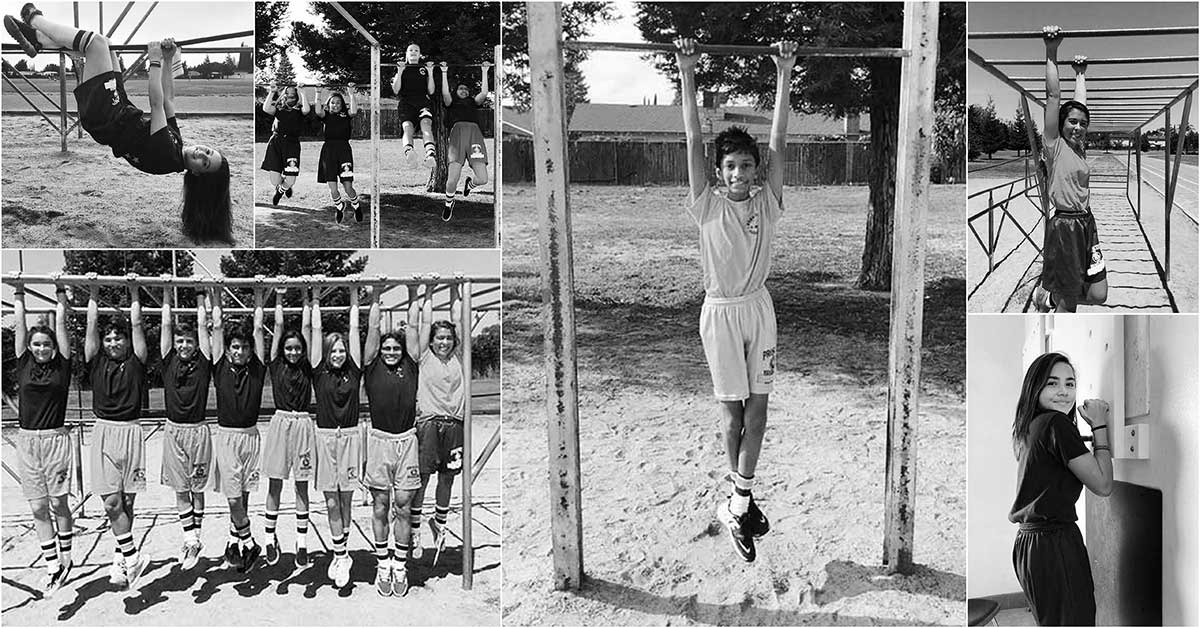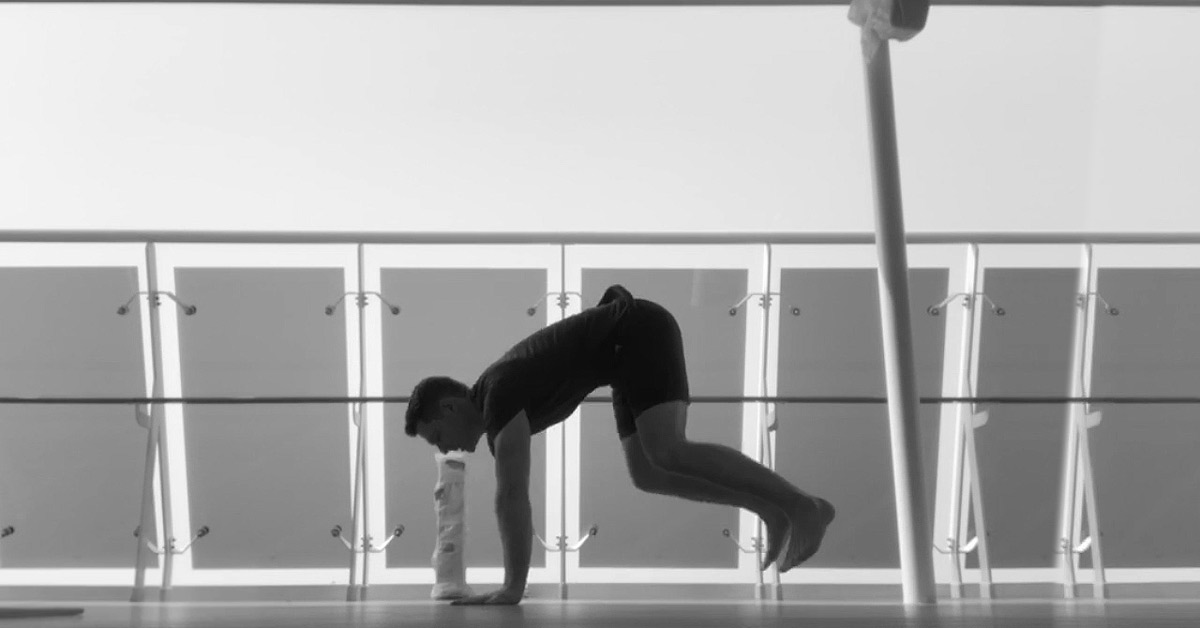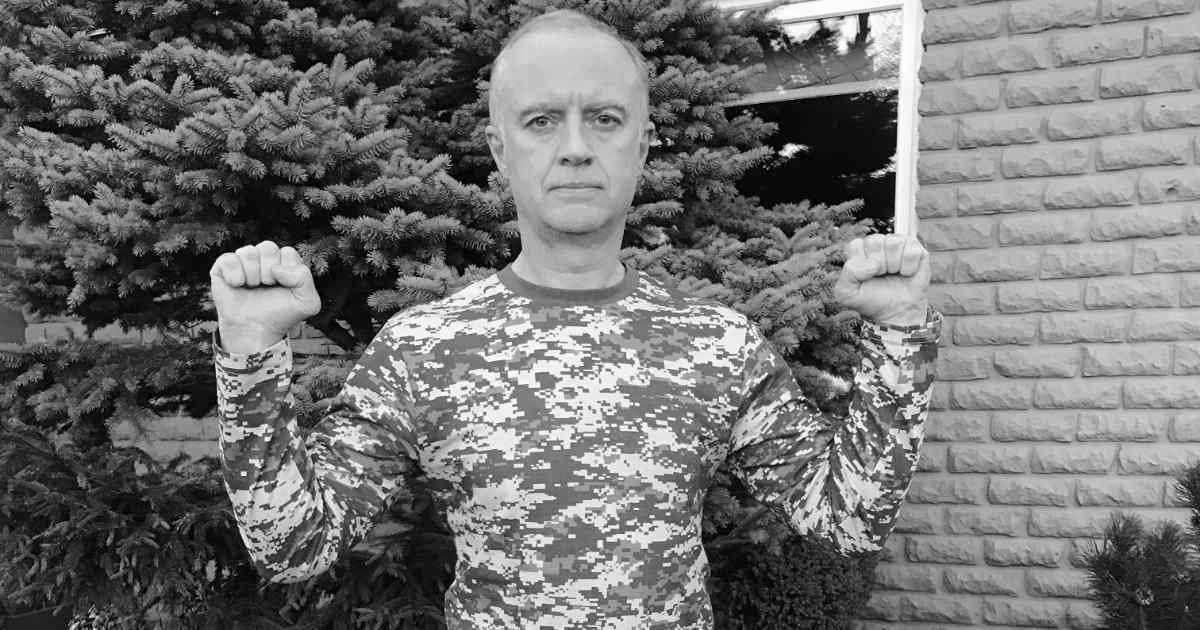bluejeff
Level 7 Valued Member
The basic questions:
As far as aerobic conditioning is concerned:
- How does strength aerobics compare to traditional LISS/MAF/ "standard" aerobics (meaning jogging and stuff)?
-Other than the pace, how would Iron Wolf style burpees* compare to the other two?
*for those unfamiliar, "IW style burpees" could be described as starting from standing, get down to plank position, do anywhere from 1-10 pushups (depending on fitness level, goals, etc), stand back up, repeat. In other words, skipping the "explosive" part of other burpees. This style can also include lunges, jumping jacks, jogging in place, etc between the pushup portion.
The more detailed question:
-My understanding is that in strength aerobics (SA), one only does one or two reps, "rests" between reps of the chosen exercises (since you could do SA with different training tools) by doing fast and loose drills until the breath "catches up." In the "Iron Wolf style burpee" (IW burpee), the pace is likely quicker, maybe more akin to going for a jog and doing sets of pushups and whatnot every so many paces or something.
-I need more aerobic conditioning, but am a little strapped for time and would like some sort of "one stop shop" for strength, endurance and aerobic conditioning. Would either of these fit that?
Thoughts and opinions? Thanks!
As far as aerobic conditioning is concerned:
- How does strength aerobics compare to traditional LISS/MAF/ "standard" aerobics (meaning jogging and stuff)?
-Other than the pace, how would Iron Wolf style burpees* compare to the other two?
*for those unfamiliar, "IW style burpees" could be described as starting from standing, get down to plank position, do anywhere from 1-10 pushups (depending on fitness level, goals, etc), stand back up, repeat. In other words, skipping the "explosive" part of other burpees. This style can also include lunges, jumping jacks, jogging in place, etc between the pushup portion.
The more detailed question:
-My understanding is that in strength aerobics (SA), one only does one or two reps, "rests" between reps of the chosen exercises (since you could do SA with different training tools) by doing fast and loose drills until the breath "catches up." In the "Iron Wolf style burpee" (IW burpee), the pace is likely quicker, maybe more akin to going for a jog and doing sets of pushups and whatnot every so many paces or something.
-I need more aerobic conditioning, but am a little strapped for time and would like some sort of "one stop shop" for strength, endurance and aerobic conditioning. Would either of these fit that?
Thoughts and opinions? Thanks!


